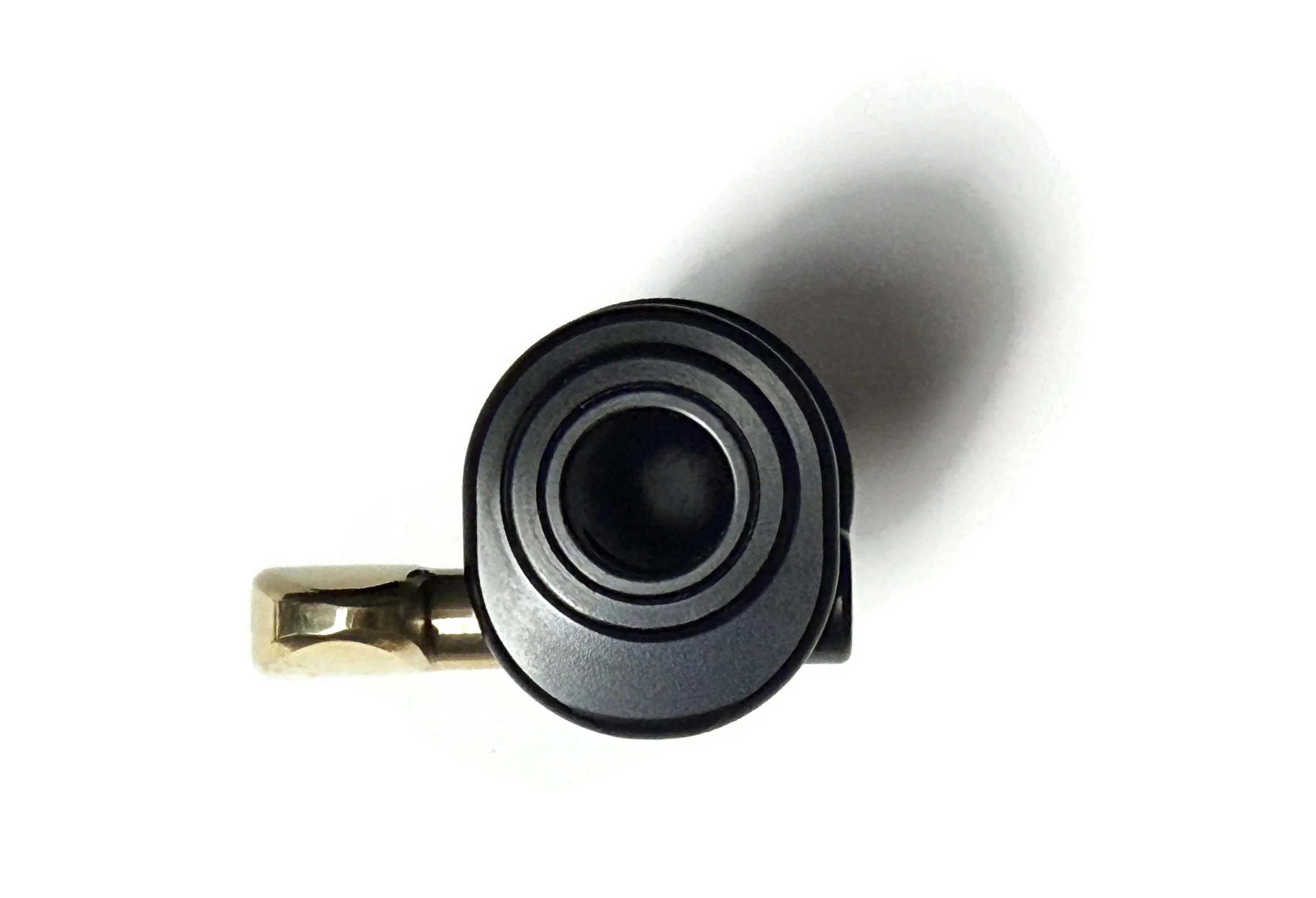The Saddle Rider Research Collective’s trademark “12tone Endpin Project” represents the culmination of our research into the effects of endpin diameter on the sound and playing response of cellos and double basses. After extensive testing over the past couple of years, we have concluded that the 12 mm option offers a sonorous and agile middle ground between traditional 10 mm endpins and the larger diameter 16 mm endpins currently favored by bassists in Vienna and other parts of Europe. Although the tonal difference is less pronounced, 12 mm diameter endpins also compare favorably with the slightly larger half-inch (12.7 mm) standard currently commonplace in the United States. Please note that our research has primarily focused on endpins made from metals, fiber composites, and ceramics. For wooden endpins, a minimum diameter of 5/8 inch (16 mm) is generally required for mechanical stability and fracture resistance.
While it is difficult to reduce our sound tests to a scientific “rule of thumb,” in any given material there is often a correlation between increasing endpin diameter and increasing breadth of tone (with which cellists will be familiar as the “Strad to Montagnana” tonal continuum.) Parallel to this increasing tonal breadth is an observable decrease in detail of the upper harmonic partials and playing agility as endpins become thicker. To some extent, the tonal characteristics at the larger and smaller diameter extremes can be balanced out by material choices for a particular diameter. For example, Viennese bassists tend to favor 16 mm endpins, but largely choose titanium as their “material of choice.” Cellists worldwide have adopted 10 mm endpins as a universal standard, and often choose brass or carbon fiber to balance out the intrinsic tonal tendencies of the 10 mm option.
Beyond acoustical considerations, there are questions of material availability and structural stability. We have observed that 12 mm endpins offer significantly greater technical security for cellists than 10 mm endpins, yet are stiff enough for bassists switching from 16 mm or half-inch rods. Indeed, many well-known professional bassists still use traditional 10 mm indexed endpins, so there is little doubt that a 12 mm diameter is sufficient for even our most robust bass-playing colleagues.
But why introduce another “standard” into an already cluttered landscape of endpin choices? We believe that by settling on an international standard that is ideal for both cellists and double bassists, not only will our art benefit, but so will our understanding of endpin material acoustics. To illustrate: In recent years Silicon Nitride (Si3N4) has become a popular cello endpin material with advocates claiming a variety of tonal benefits. But, because Si3N4 endpins are only available in 12 mm diameters and 12 mm endpins in other materials are hard to find, it becomes challenging to get perspective on which playing qualities are attributable to Si3N4 and which are attributable to the 12 mm diameter. With the easy international availability of 12 mm industrial rods in a wide assortment of materials, a 12 mm international standard will make comparisons between endpin materials less difficult and more scientifically reliable.
Please stay tuned at www.12tone.org for more project developments and check out the wide array of 12 mm endpin tips, endpin rods, and endpin mounts available at SaddleRider.com and Metropolitan Music (MetMusic.com). We welcome other manufacturers to join us in this open-source community research initiative!
Here’s a sneak preview of our new 12Tone endpin mount just for cellists!



